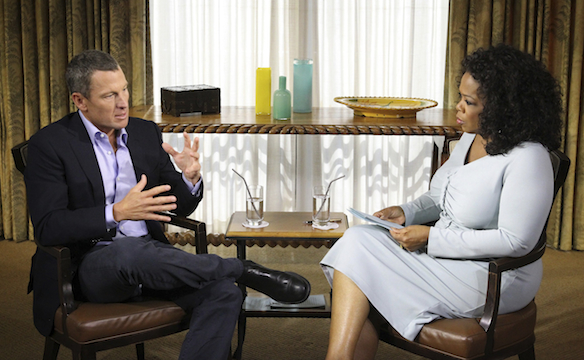The Negatives and Positives of Remote Order Entry Jobs for Pharmacists
/Just google "Remote Order Entry Pharmacist" and you will find that many well-known companies and hospitals employ a remote order entry type position (or contract out) within their organization. The purpose initially originated in coverage at night in smaller hospitals probably in part to the pharmacist shortage and cost-savings. It has grown into a position of pharmacists taking on the easier orders or "set" orders and leaving the questionable orders to the on-site staff. The remote order entry pharmacist also frees up the on-site pharmacist to play a more active role in patient care and intervening whether due to patient care guidelines, hospital protocols, or saving money for the hospital. This is similar but different to CPOE or Centralized Provider (or physician) Order Entry where an order is communicated over a computer network to the medical staff or to the departments (pharmacy, laboratory, or radiology) responsible for fulfilling the order. CPOE decreases delay in order completion, reduces errors related to handwriting or transcription, allows order entry at the point of care or off-site, provides error-checking for duplicate or incorrect doses or tests, and simplifies inventory and posting of charges. CPOE is a form of patient management software. In theory and practice, a remote order entry pharmacist could sit at home and VERIFY these CPOE orders and maybe even faster than entering them/verifying them alone from written/scanned orders.
Former remote order entry pharmacists can shed some light into this position and maybe give you information on making a decision to try out this interesting role at home:
Initially, when I first heard about remote order entry, I could not fathom sitting behind a screen at home and typing all day. I am an extrovert by nature and found the thought of order entry from home seemingly isolating. I went ahead and applied because at that moment in life my absolute goal was to start a family. I had been married for a year, and we were in our mid-late thirties. The fertility clock was ticking at a sonic boom volume. The idea of sitting all day long with less stress seemed ideal. I was not exactly having an easy go and becoming impregnated and keeping the baby, so it made sense.
I started out making the same hourly wage I had made seven years before (step backward) but was told my commute time was gone, and that I didn't have to worry about wearing scrubs to work! That in itself was equal to a pay-cut. I was in a place in my life for this change and agreed with eagerness.
Comparing the Negatives and Positives
Negatives:
1. Lack of interaction with other clinical personnel. We learn from one another.
2. Lack of face-to-face management. Performace is measured by orders-per-hour and error rate. Lack of understanding in problem-solving with orders as they are punted back to the facility.
3. Loss of self-confidence. A manager would have to work very hard to ensure the only contact with staff is not in following numbers and errors. Pharmacy order-entry cannot be so black-and-white to forget the complexities of patients, diseases, and drug interactions.
4. Usually less pay. It is actually a cost saving to the company, but in the current market where jobs are scarce, expect less for less driving and clothing though the company never paid for it in the first place.
5. Inability to assess a patient or to see a patient if needed.
6. Misperceived flexibility of job. Shifts are still present. Holidays and weekends are more common.
7. Loss of patient-care in that numbers per hour and errors are the end measurement, not patient satisfaction, relationships with staff and outcomes.
8. Lack of HIPAA and TJC guideline enforcement usually a struggle unless monitored.
Positives:
1. No commute, uniform, or physical presence on-site. Less overhead for company.
2. Ability to log-on and quick prn on-call response time in regards to order entry.
What are your thoughts?









